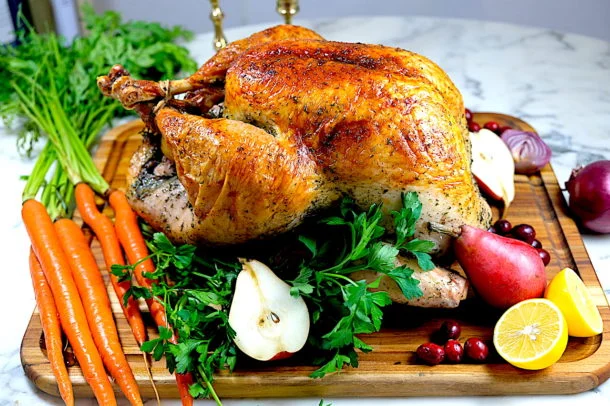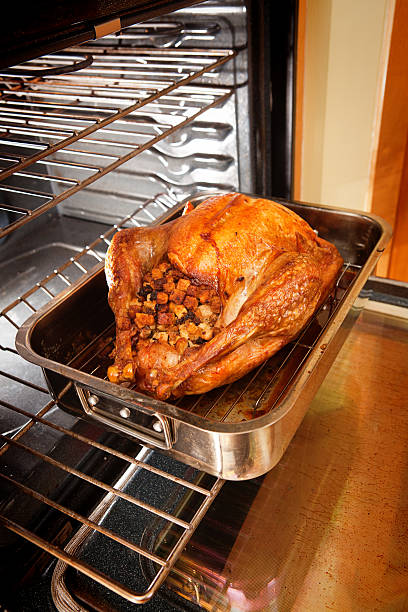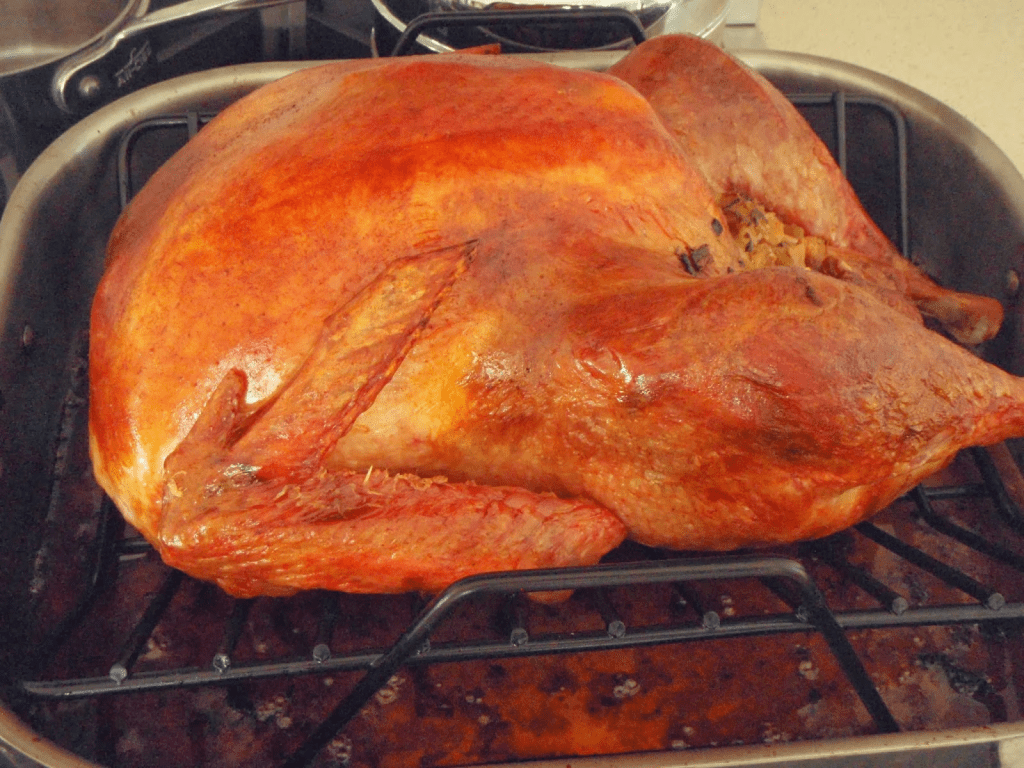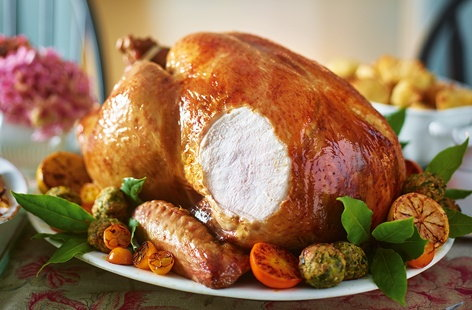Cooking a perfect turkey can be nerve-wracking, especially with family traditions and advice coming from every direction. One common question is whether to add water to the roasting pan. Your mother-in-law may swear by this method, while you might be used to a dry pan for a crispier skin. So, what’s the right approach? Let’s break it down and help you decide how to get that delicious, juicy turkey everyone will love.
The Traditional Approach to Roasting Turkey

When it comes to turkey, many home cooks stick to the classic approach: placing the bird in a preheated oven without adding water to the roasting pan. The traditional method often involves:
- Seasoning the bird inside and out with herbs, spices, and butter for flavor.
- Elevating the turkey on a roasting rack to allow even heat distribution and prevent the bird from sitting in its own juices.
- Basting the turkey periodically with its own juices, melted butter, or a seasoned broth to keep it moist.
This approach focuses on a balance of crisp skin and tender meat, relying on natural turkey juices to create flavorful drippings for gravy.
The Debate: Should You Add Water to the Roasting Pan?
The idea of adding water to the roasting pan divides many cooks, with both sides having valid arguments. Let’s explore the pros and cons of each approach.
Pros of Adding Water to the Roasting Pan
- Moist Cooking Environment: Adding water creates steam in the oven, which helps prevent the turkey from drying out, especially if you’re cooking it for a long time.
- More Juicy Meat: The moist heat from the steam can help keep the turkey breast meat from drying out, which is often a challenge for larger birds.
- Tender Drippings: The water mixes with the turkey drippings, making it easier to collect and use for gravy without any risk of burning.
Cons of Adding Water to the Roasting Pan
- Less Crispy Skin: Steam can hinder the crisping of the skin, resulting in a softer, less appealing texture.
- Diluted Drippings: The added water can thin out the drippings, potentially making them less flavorful for gravy.
- Longer Cooking Time: The added moisture may slow the cooking process, meaning you’ll need to monitor the bird more closely.
Expert Tips: Balancing Moisture and Flavor
If you’re still unsure whether to add water, consider these expert tips that can help you achieve a moist, flavorful turkey without compromising on crispy skin.
1. Brine the Turkey Before Roasting
Brining is a great way to lock in moisture, regardless of whether you add water to the pan. Soaking the turkey in a saltwater solution overnight helps retain juices during roasting. If you don’t have time for a full brine, try a quick dry brine, rubbing salt, and seasonings over the skin for several hours before cooking.
2. Start with Water, Then Remove It

Some cooks recommend starting with a small amount of water in the pan, which helps create steam at the beginning. As the turkey releases its own juices, you can drain off the excess water to allow for crispier skin in the final stages of cooking.
3. Use a Roasting Rack and Tent the Turkey
If you want the benefits of both steam and crisping, use a roasting rack to elevate the bird. This method keeps the turkey out of direct contact with the water while still allowing the steam to rise. You can also tent the turkey with foil for the first half of the cooking process, then remove the foil to let the skin brown.
4. Baste Regularly with Broth or Butter
If you choose not to add water, you can still maintain moisture by basting the turkey regularly with warm chicken or turkey broth, melted butter, or a combination of the two. Frequent basting ensures the meat stays juicy while helping to develop a beautiful golden color on the skin.
Honoring Family Traditions and Trying New Techniques
Family traditions often influence how we approach holiday cooking. If adding water to the roasting pan is a long-standing family tradition, there’s no harm in trying it, especially if it has consistently delivered moist, tender turkey. On the other hand, if you’re open to experimentation, you might find that a different method suits your taste and preferences better.

Here’s a compromise: try adding a small amount of water this year, about 1 cup, to the pan at the start. If you find the skin doesn’t get as crispy as you’d like, consider reducing the amount of water or eliminating it entirely next time. Cooking is all about finding what works best for you.
Finding Your Perfect Turkey Roasting Method
While it’s easy to get overwhelmed by conflicting advice, the best approach is to try different techniques and see which one gives you the best results. Remember, there’s no right or wrong way to roast a turkey as long as it’s moist, flavorful, and cooked safely.
1. Focus on Internal Temperature
No matter which method you choose, always use a meat thermometer to check the turkey’s internal temperature. Insert the thermometer into the thickest part of the breast and thigh—it should reach 165°F before you remove the bird from the oven.
2. Add Flavor with Aromatics

Consider adding chopped onions, garlic, carrots, and herbs to the roasting pan, whether or not you add water. These aromatics not only enhance the flavor of the drippings but also contribute to a more flavorful gravy.
3. Let It Rest
After roasting, let the turkey rest for at least 20-30 minutes before carving. This allows the juices to redistribute throughout the meat, making it even juicier and more flavorful.
Conclusion: Water or No Water? It’s Up to You
At the end of the day, the decision to add water to the roasting pan comes down to personal preference and tradition. Adding water can help maintain a moist cooking environment, but it might compromise the crispiness of the skin. If crispy skin is a must for you, consider alternative moisture-retaining techniques like brining, regular basting, or using a roasting rack.
The most important thing is to enjoy the cooking process and create a turkey that’s packed with flavor. After all, Thanksgiving (or any holiday meal) is about sharing delicious food and making memories with loved ones—regardless of whether there’s water in the roasting pan. Happy roasting!


